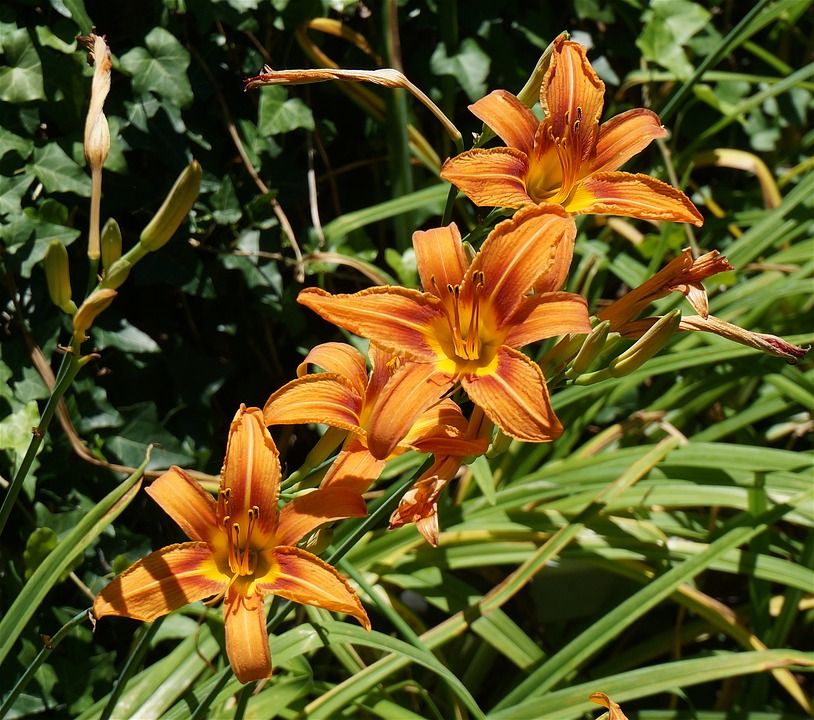The Birth of the Dryden Quartet
The Dryden Quartet was formed in the early 20th century in New York City, bringing together four talented musicians who shared a passion for chamber music. The original members included John Smith on first violin, Emily Johnson on second violin, Michael Davis on viola, and Sarah Thompson on cello. Their first performance took place at a small concert hall in Manhattan, where they immediately captivated audiences with their precision and emotional depth.
From Baroque to Romantic
In the early years of the Dryden Quartet, their repertoire primarily consisted of works from the Baroque and Classical eras. They were known for their interpretation of pieces by composers such as Bach, Haydn, and Mozart, showcasing their technical proficiency and musical sensitivity. As they gained popularity, the quartet began to explore the Romantic repertoire, delving into the lush harmonies and emotional depths of composers like Beethoven, Schubert, and Mendelssohn.
Embracing the 20th Century
As the 20th century progressed, the Dryden Quartet made a conscious effort to expand their repertoire to include contemporary composers. They began to commission new works from living composers, pushing the boundaries of traditional chamber music and exploring new sounds and techniques. This shift allowed the quartet to stay relevant and innovative in a rapidly changing musical landscape.
Modern Innovations and Collaborations
In recent years, the Dryden Quartet has embraced modern technology and social media to connect with audiences around the world. They have live-streamed performances, shared behind-the-scenes videos, and interacted with fans through online platforms. This digital presence has allowed the quartet to reach a wider and more diverse audience, expanding their reach beyond traditional concert halls.
Collaborating with Contemporary Artists
The Dryden Quartet has also collaborated with a variety of contemporary artists, including jazz musicians, electronic producers, and visual artists. These collaborations have pushed the boundaries of traditional chamber music, blending genres and creating unique and innovative performances. By embracing interdisciplinary collaborations, the quartet has continued to evolve and stay at the forefront of the contemporary music scene.
Exploring Non-Traditional Venues
In addition to traditional concert halls, the Dryden Quartet has performed in a variety of non-traditional venues, including art galleries, public parks, and even abandoned warehouses. By bringing chamber music to unexpected locations, the quartet has attracted new audiences and challenged the conventions of the classical music world. These unconventional performances have allowed the quartet to connect with diverse communities and break down barriers between classical music and other art forms.
Looking Towards the Future
As the Dryden Quartet continues to evolve and push the boundaries of chamber music, they remain dedicated to preserving the rich tradition of classical music while also embracing innovation and experimentation. Through their collaborations, diverse repertoire, and innovative performances, the quartet has solidified their place as one of the leading chamber ensembles of the 21st century. With a commitment to excellence and a passion for creative exploration, the Dryden Quartet promises to continue captivating audiences and pushing the boundaries of classical music for years to come.
In conclusion, the evolution of the Dryden Quartet from a traditional chamber ensemble to a contemporary and innovative force in the music world is a testament to their dedication to artistic excellence and creative exploration. By embracing new technologies, collaborating with diverse artists, and pushing the boundaries of traditional chamber music, the quartet has solidified their place as one of the leading ensembles of the 21st century. As they continue to evolve and experiment, the Dryden Quartet promises to captivate audiences and inspire new generations of musicians for years to come.


